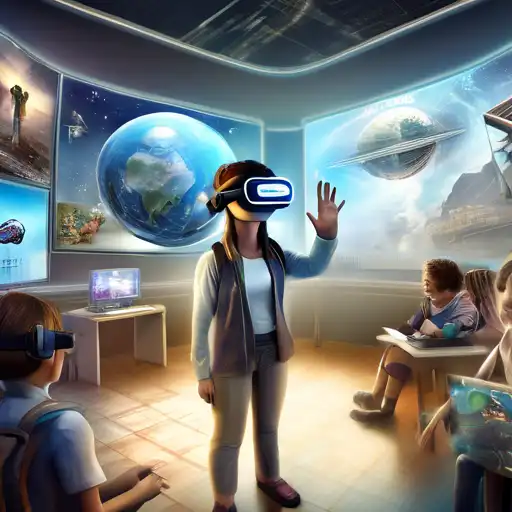Introduction to Virtual Reality in Education
Virtual Reality (VR) is rapidly transforming the educational landscape, offering immersive learning experiences that were once the stuff of science fiction. This technology is not just enhancing the way students learn but also how educators teach, making it a pivotal tool in modern education.
The Benefits of VR in Learning
VR brings a host of advantages to the educational sector, including but not limited to:
- Enhanced engagement through immersive environments
- Improved retention rates by experiencing rather than just reading
- Access to virtual field trips and historical recreations
- Safe simulation of dangerous or expensive experiments
These benefits underscore VR's potential to cater to diverse learning styles and needs.
Challenges and Considerations
Despite its advantages, integrating VR into education comes with its set of challenges:
- High initial setup costs
- Need for technical training for educators
- Potential health concerns like motion sickness
Addressing these challenges is crucial for the widespread adoption of VR in educational settings.
Future Prospects of VR in Education
The future of VR in education looks promising, with advancements in technology making it more accessible and affordable. Innovations such as cloud-based VR and AI-driven personalized learning experiences are on the horizon, poised to further revolutionize the sector.
Conclusion
Virtual Reality stands as a beacon of innovation in education, offering unparalleled opportunities for immersive learning. While challenges remain, the potential benefits for students and educators alike make VR an exciting frontier in the evolution of teaching and learning methodologies.
